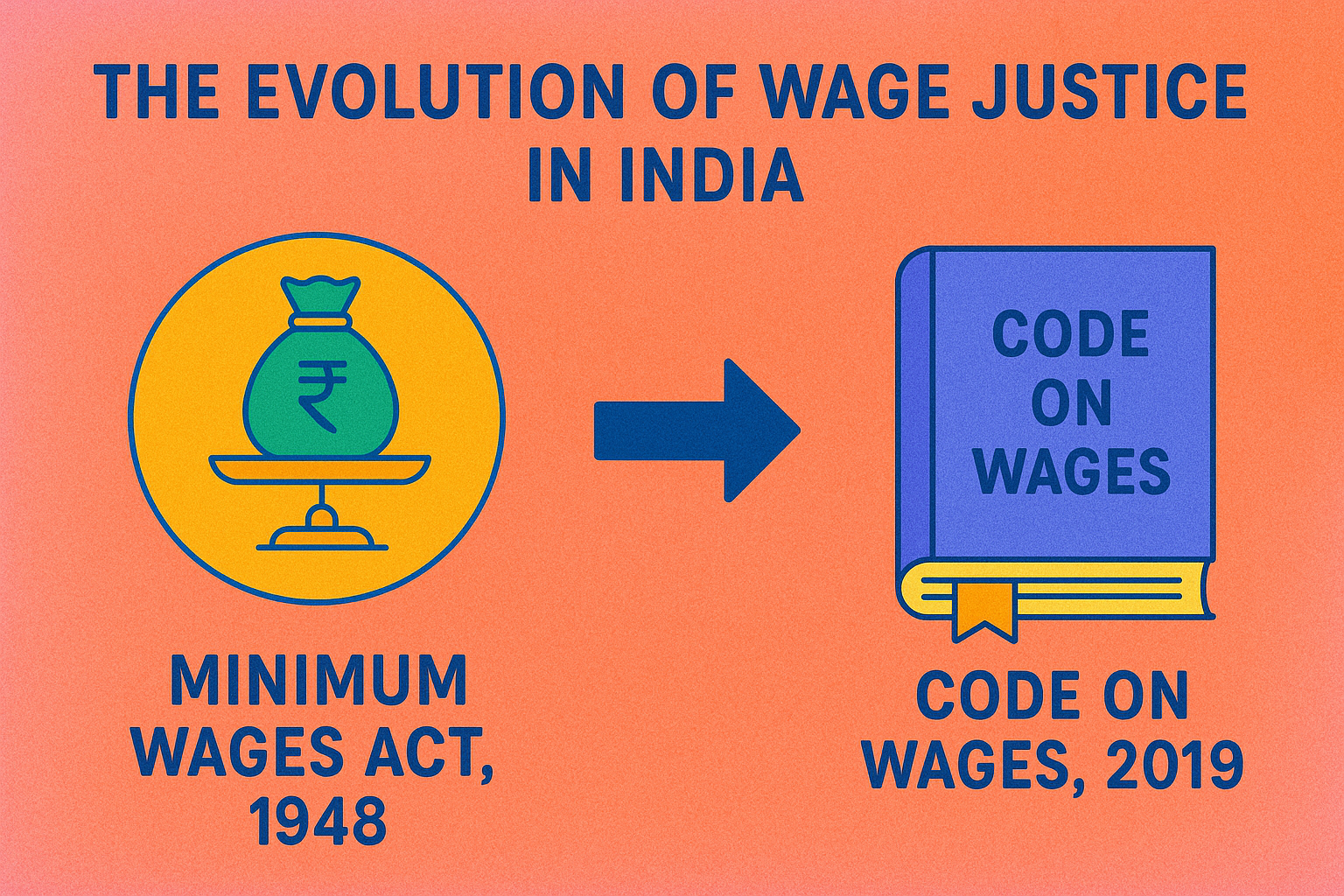Water is not just a resource; it’s a lifeline, especially in regions where agriculture forms the backbone of the economy. The Krishna River, one of India’s major rivers, has been at the center of a prolonged dispute between the states of Andhra Pradesh and Telangana. This blog aims to unravel the complexities of the Krishna Water Dispute, shedding light on its historical context, recent developments, and the path forward.
Historical Context: The Genesis of the Dispute
The Krishna River originates in the Western Ghats and traverses through Maharashtra, Karnataka, Telangana, and Andhra Pradesh before emptying into the Bay of Bengal. Given its extensive reach, the river has been a subject of contention among these states for decades.
In 1969, the Krishna Water Disputes Tribunal (KWDT-I), led by Justice Bachawat, was established to adjudicate the sharing of Krishna waters among Maharashtra, Karnataka, and the then undivided Andhra Pradesh. The tribunal allocated 811 TMC (thousand million cubic feet) of water to Andhra Pradesh, 560 TMC to Maharashtra, and 700 TMC to Karnataka.
However, the bifurcation of Andhra Pradesh in 2014, leading to the creation of Telangana, complicated matters. The newly formed state of Telangana demanded a fair share of the Krishna waters, arguing that the previous allocations did not account for its needs.
The Emergence of KWDT-II
In response to the evolving dynamics, the Krishna Water Disputes Tribunal-II (KWDT-II) was constituted in 2004. Initially, its mandate was to address disputes among the original three states. However, post-2014, the tribunal’s scope expanded to include the Andhra Pradesh-Telangana dispute.
The central government, recognizing the need for a comprehensive review, issued a gazette notification in October 2023, specifying the terms of reference for KWDT-II. This move aimed to facilitate a fair distribution of Krishna waters between Andhra Pradesh and Telangana, considering both existing and proposed projects in the basin.
Recent Developments: A Timeline
October 2023: The Union Cabinet approved additional terms of reference for KWDT-II, emphasizing project-wise allocations and considering the Godavari-Krishna river linkage through projects like Polavaram.
January 2025: The final hearings before KWDT-II were scheduled for January 16–17. Andhra Pradesh prepared to present its case, emphasizing the provisions of the AP Reorganisation Act and previous tribunal verdicts.
January 2025: Andhra Pradesh rejected Telangana’s proposal for a 50:50 water-sharing ratio, insisting on maintaining the existing 66:34 ratio based on allocations made under KWDT-I.
March 2025: Telangana’s Irrigation Minister, N. Uttam Kumar Reddy, emphasized the need for an urgent resolution to the water-sharing issue, accusing Andhra Pradesh of consuming 75% of Krishna waters, exceeding the agreed ratio.
Points of Contention
- Water Sharing Ratio: Telangana advocates for an equal 50:50 distribution, while Andhra Pradesh insists on the 66:34 ratio established by KWDT-I.
- Project-wise Allocations: Telangana seeks allocations for its irrigation projects, emphasizing the need for water to support its agricultural activities.
- Godavari-Krishna Linkage: The diversion of Godavari waters to the Krishna basin through projects like Polavaram has added another layer of complexity. Telangana argues for adjustments in allocations considering these inter-basin transfers.
- Jurisdictional Challenges: This has become one of the biggest legal headaches in the entire dispute. Let’s break this down clearly.
Jurisdictional Challenges: What Andhra Pradesh is Worried About
One of the thorniest issues in the Krishna Water Dispute is jurisdiction— basically, who has the legal authority to decide how the river’s water is shared. Andhra Pradesh has raised serious objections to the idea that KWDT-II can go back and reallocate water that had already been assigned to certain major irrigation and power projects under KWDT-I.
In simpler terms, Andhra Pradesh is saying:
“We already have dams and canals functioning based on assured water allocations that were legally decided long ago. KWDT-II shouldn’t reopen those settled matters just because Telangana is a new state now.”
Why AP is Digging Its Heels In
The state fears that if the Tribunal tries to re-evaluate or reduce the water allocated to its long-running projects (like the Nagarjuna Sagar or Srisailam projects), it could disrupt irrigation across entire districts in the coastal belt and Rayalaseema region. These projects are critical to farming and water supply in AP. Reallocating that water, AP argues, would be not just legally questionable but practically disastrous.
AP cites the AP Reorganisation Act, 2014 as the legal shield. According to their interpretation, the Act only talks about sharing already allocated water between Andhra Pradesh and Telangana—not about reopening earlier tribunal decisions.
The Legal Argument
Here’s how Andhra Pradesh is backing its claim:
- Existing Tribunal Verdicts Are Final: AP believes KWDT-I’s decisions are legally binding and final unless Parliament or the Supreme Court decides otherwise.
- KWDT-II’s Scope is Limited: They argue that the central government cannot expand KWDT-II’s powers just by issuing new terms of reference unless there’s a legislative or constitutional provision.
- Constitutional Backing: Article 262 of the Indian Constitution gives the Centre the power to set up water tribunals—but not to override existing decisions without a strong legal process.
Telangana’s View: It’s Time for a Fair Share
Telangana has a completely different take. It says:
“When the first tribunal gave its award, Telangana didn’t exist as a separate state. It was part of united Andhra Pradesh—and its water needs were ignored. We now need a fresh look at the allocations to make sure we get our rightful share.”
They argue that many Telangana districts, especially in the southern and western regions, were historically deprived of water due to a lopsided development model. So, from their point of view, revisiting project allocations is not only fair—it’s necessary for justice.
And Then There’s the Red Tape…
This legal tug-of-war has created a lot of administrative paralysis:
- Project Delays: Telangana’s new irrigation schemes like Palamuru-Rangareddy are caught in limbo due to the lack of clear water allocations.
- River Board Stalemates: The Krishna River Management Board (KRMB) has struggled to function smoothly because both states keep objecting to each other’s moves.
- Supreme Court Battles: Multiple cases are pending before the apex court, where both states are challenging each other’s legal interpretations.
Why It Matters
These jurisdictional challenges don’t just make for complex legal debates—they affect millions of people on the ground. Farmers face uncertainty over crop irrigation. Cities face drinking water shortages. Power generation and industrial usage are affected. When the law stalls, lives suffer.
So, What’s the Way Forward?
A few key steps might help resolve this deadlock:
- A clear ruling from the Supreme Court to define KWDT-II’s jurisdiction once and for all.
- Possible creation of a permanent, empowered water-sharing authority with binding powers.
- Most importantly, both states need to engage in honest dialogue, rising above party politics and state pride.
Conclusion
The Krishna Water Dispute is not just about numbers or legalities—it’s about people, history, and a shared future. While Andhra Pradesh holds firm to legal sanctity and historical allocations, Telangana seeks recognition for decades of neglect. Navigating this delicate balance requires not just legal acumen, but political maturity and a vision for shared prosperity.
Resolving the dispute won’t be easy, but it’s necessary—for the sake of farmers, families, and the generations who will rely on the Krishna’s waters in the years to come.
This blog has been
written by B Kripiya Sharma, student of B.A., LLB. (Hons), Lovely Professional
University.




